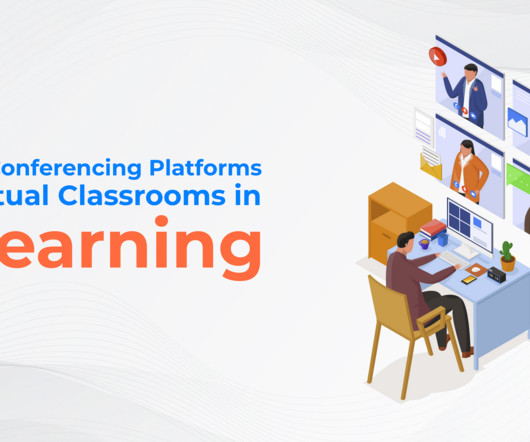Video Conferencing Platforms vs Virtual Classrooms in eLearning
BrainCert
JUNE 19, 2023
On the other hand, a virtual classroom is designed to facilitate asynchronous learning by providing course material for learners who can work at their own pace. Some popular video conferencing tools include Zoom, Skype, Microsoft Teams, Google Hangouts Meet, Webex, GoToMeeting, etc.















Let's personalize your content